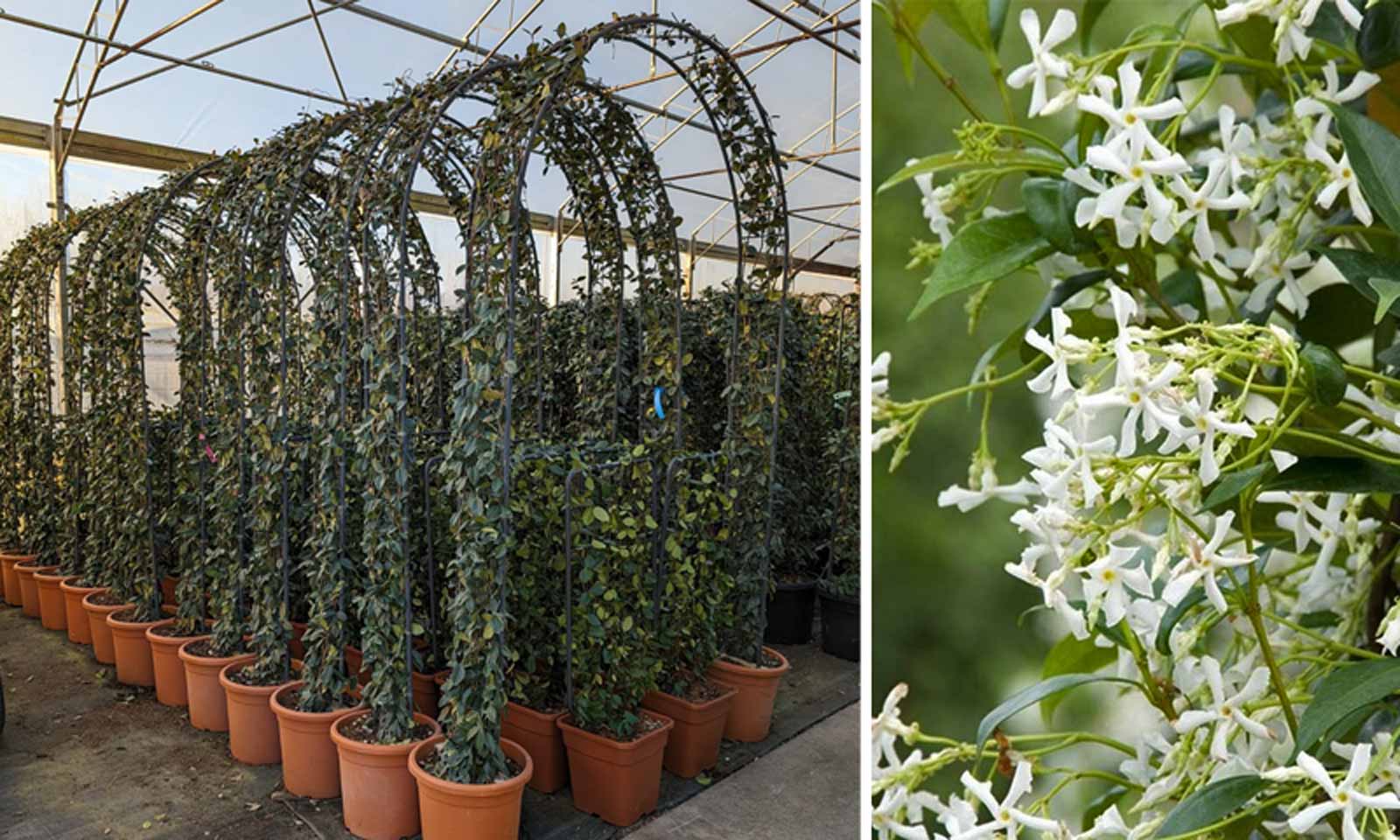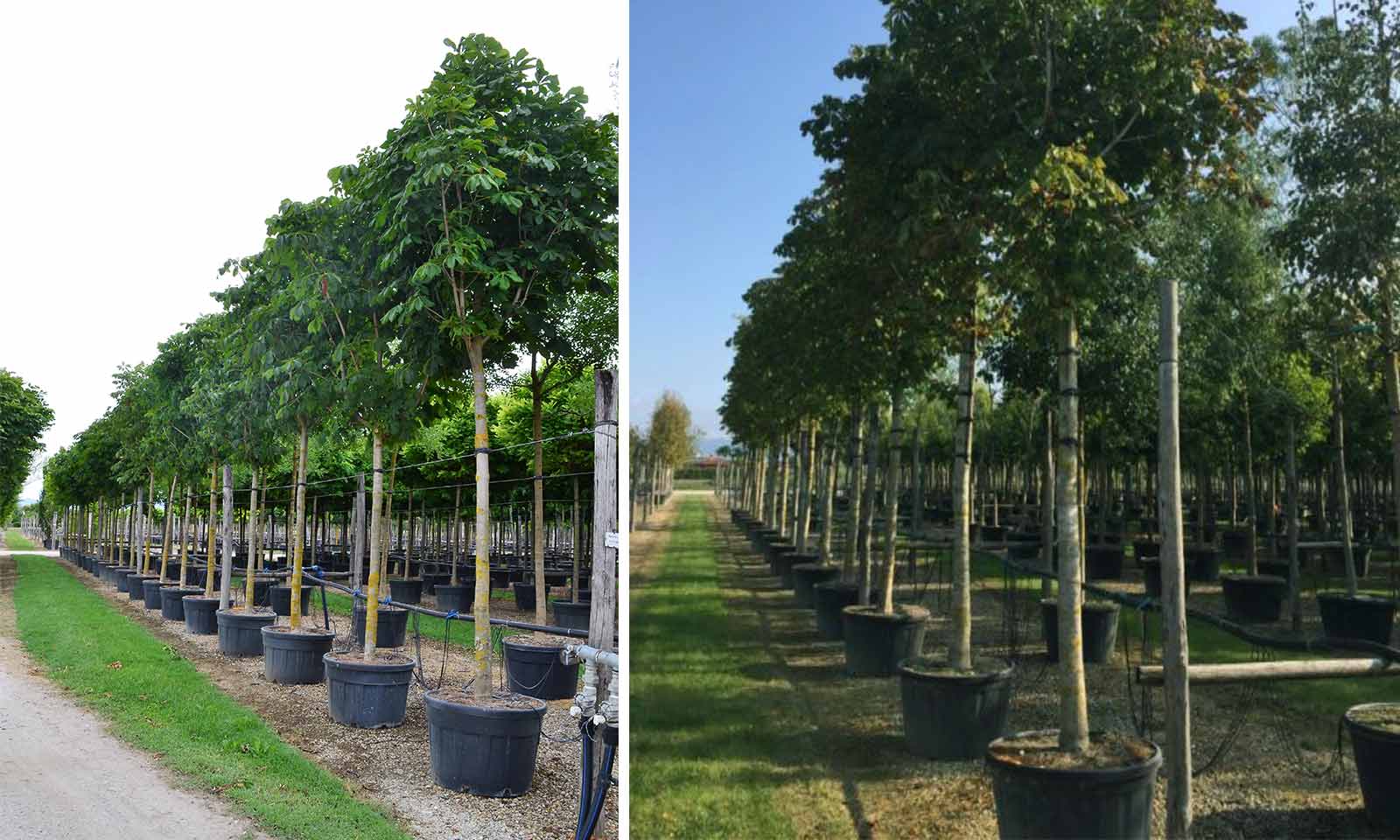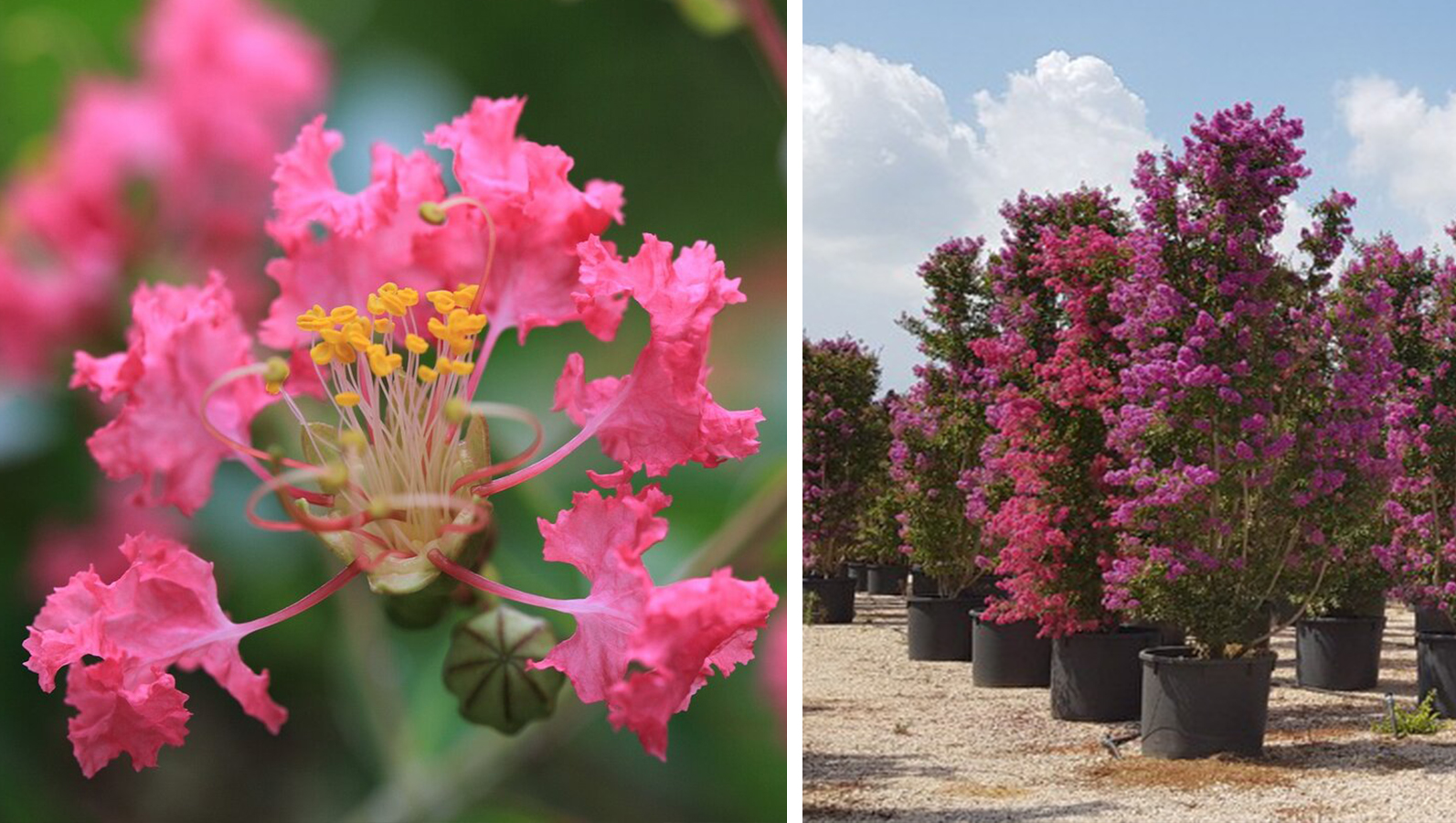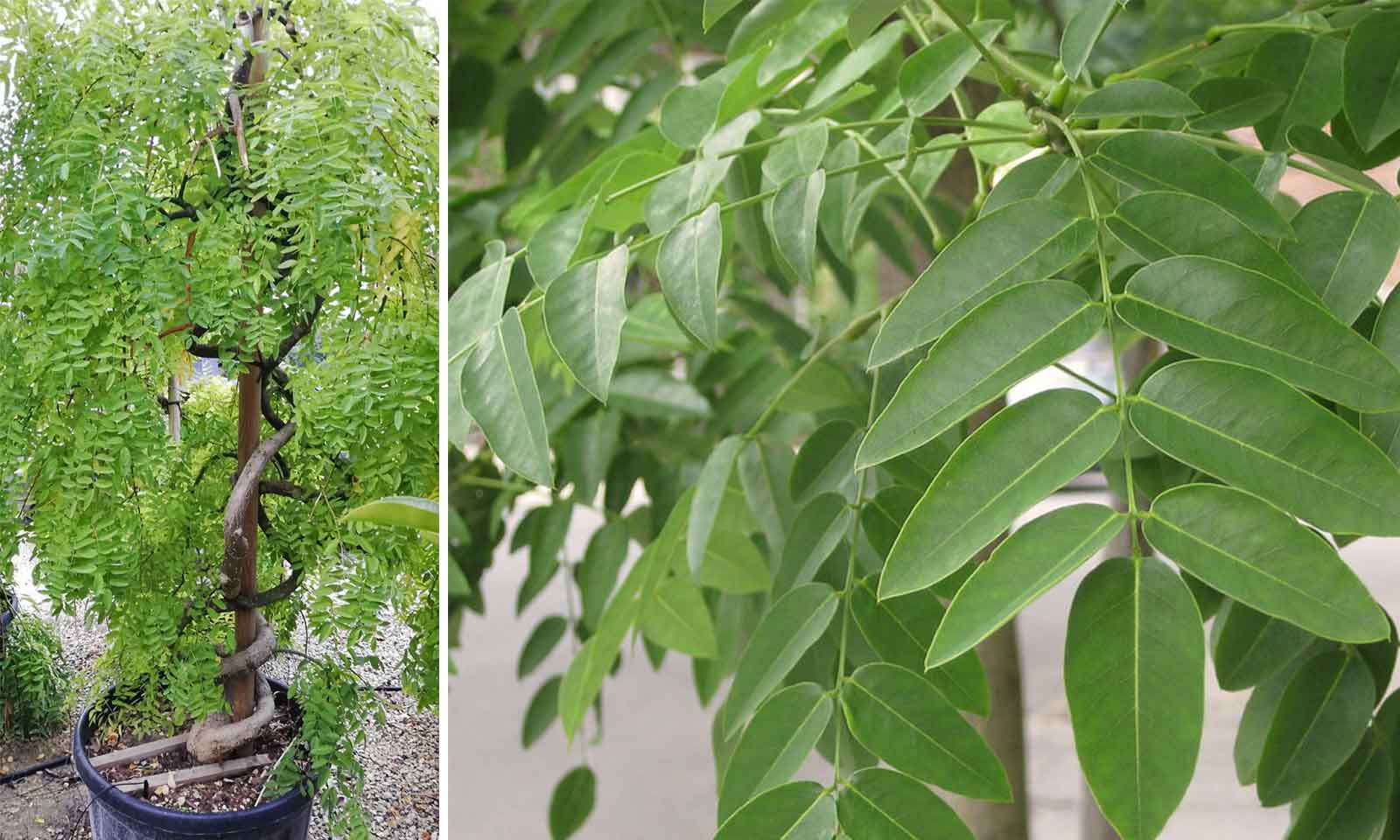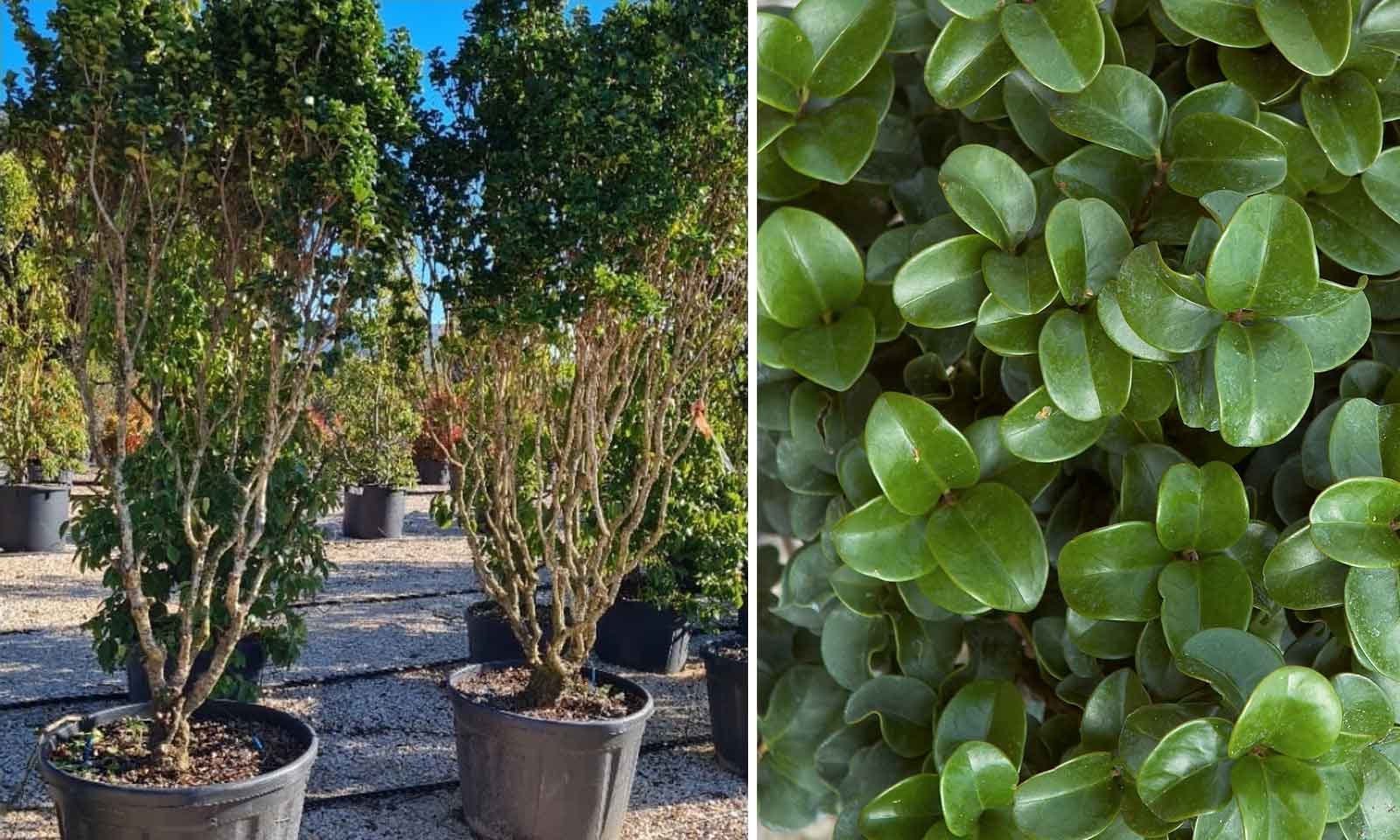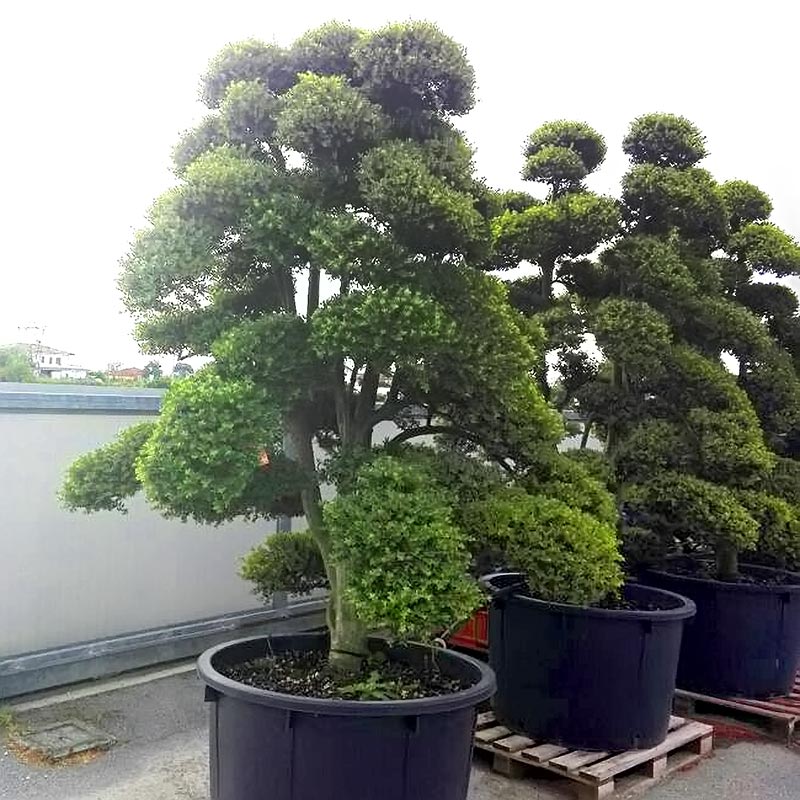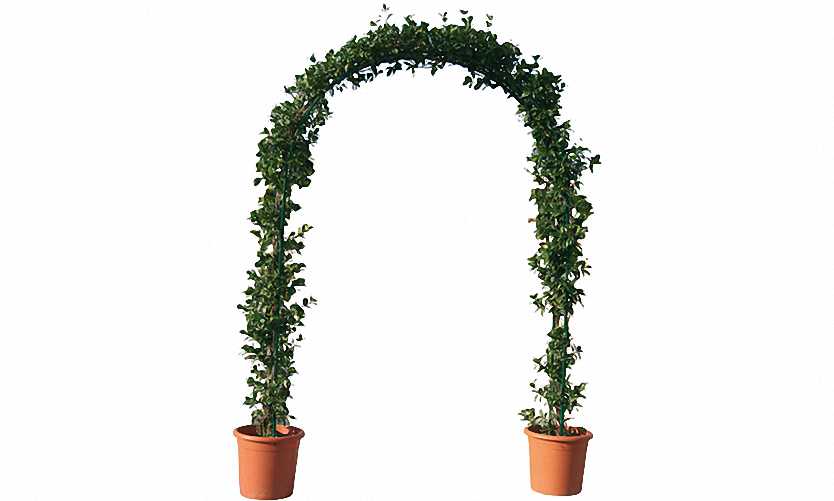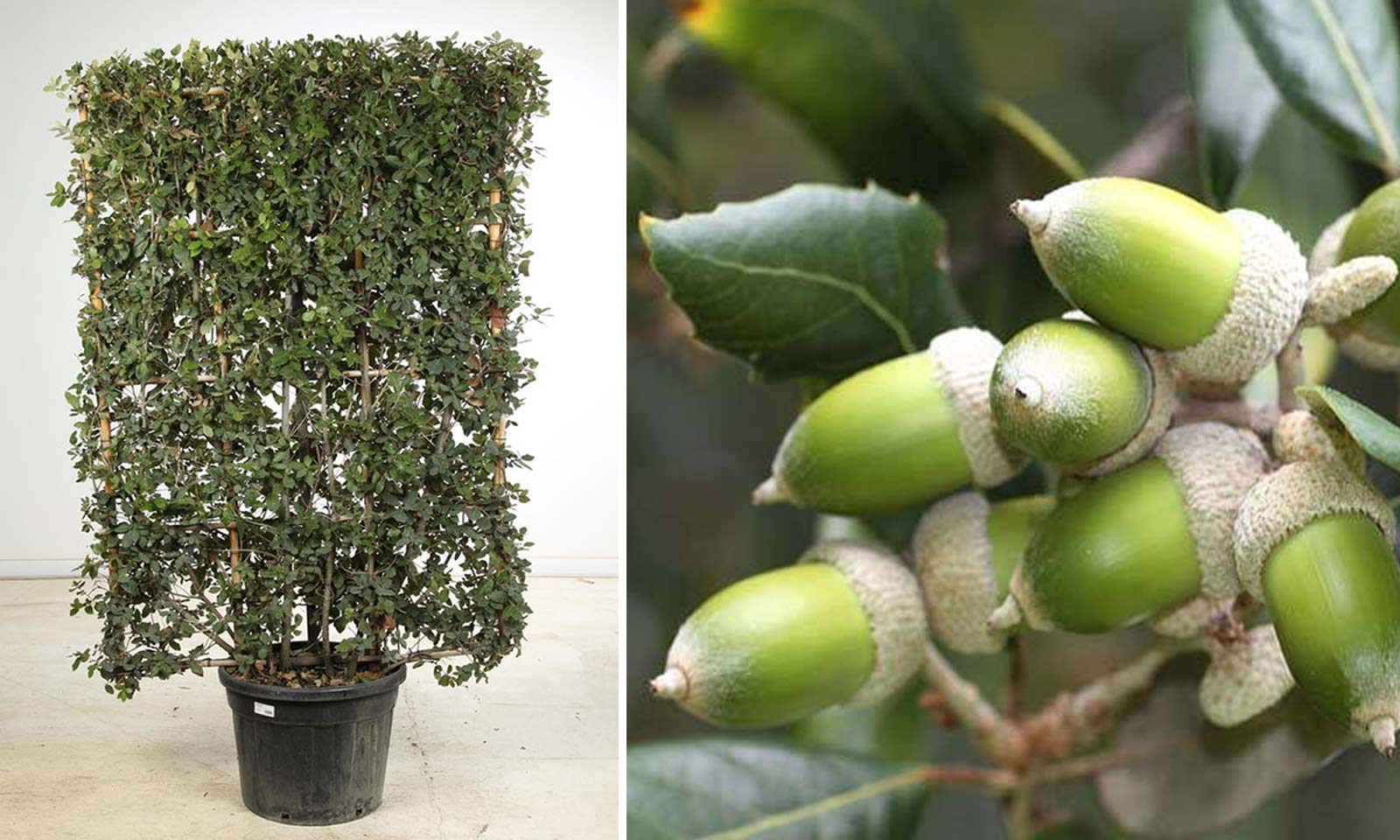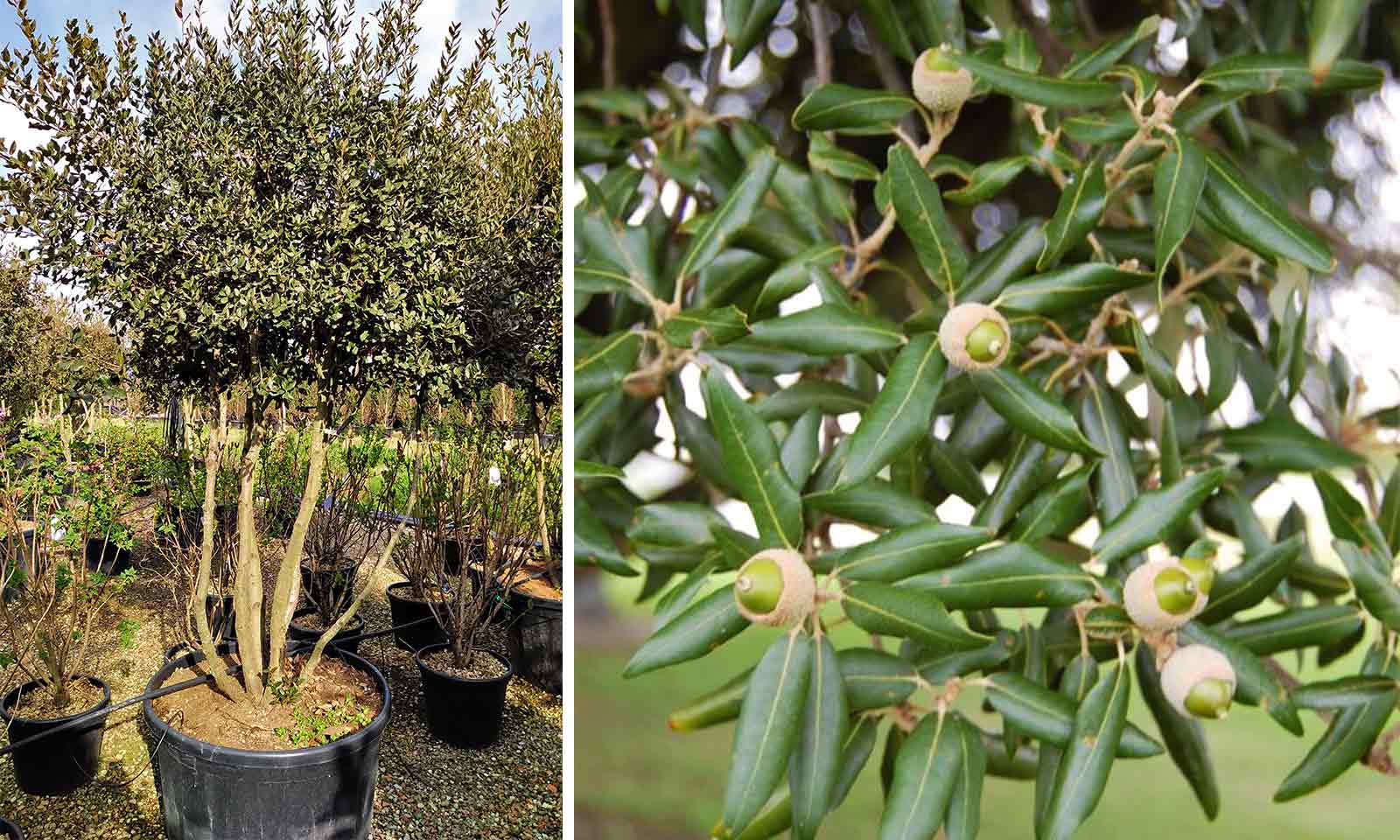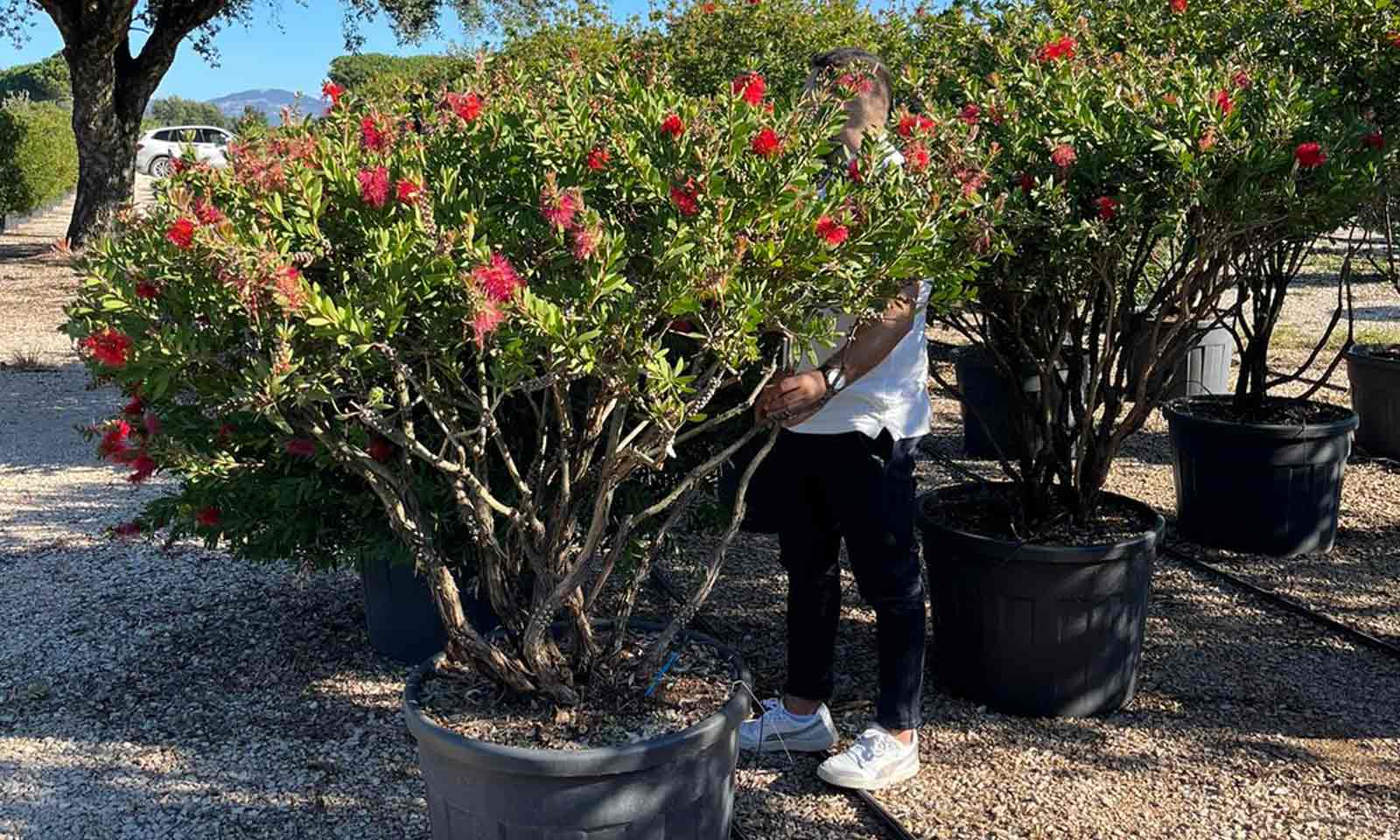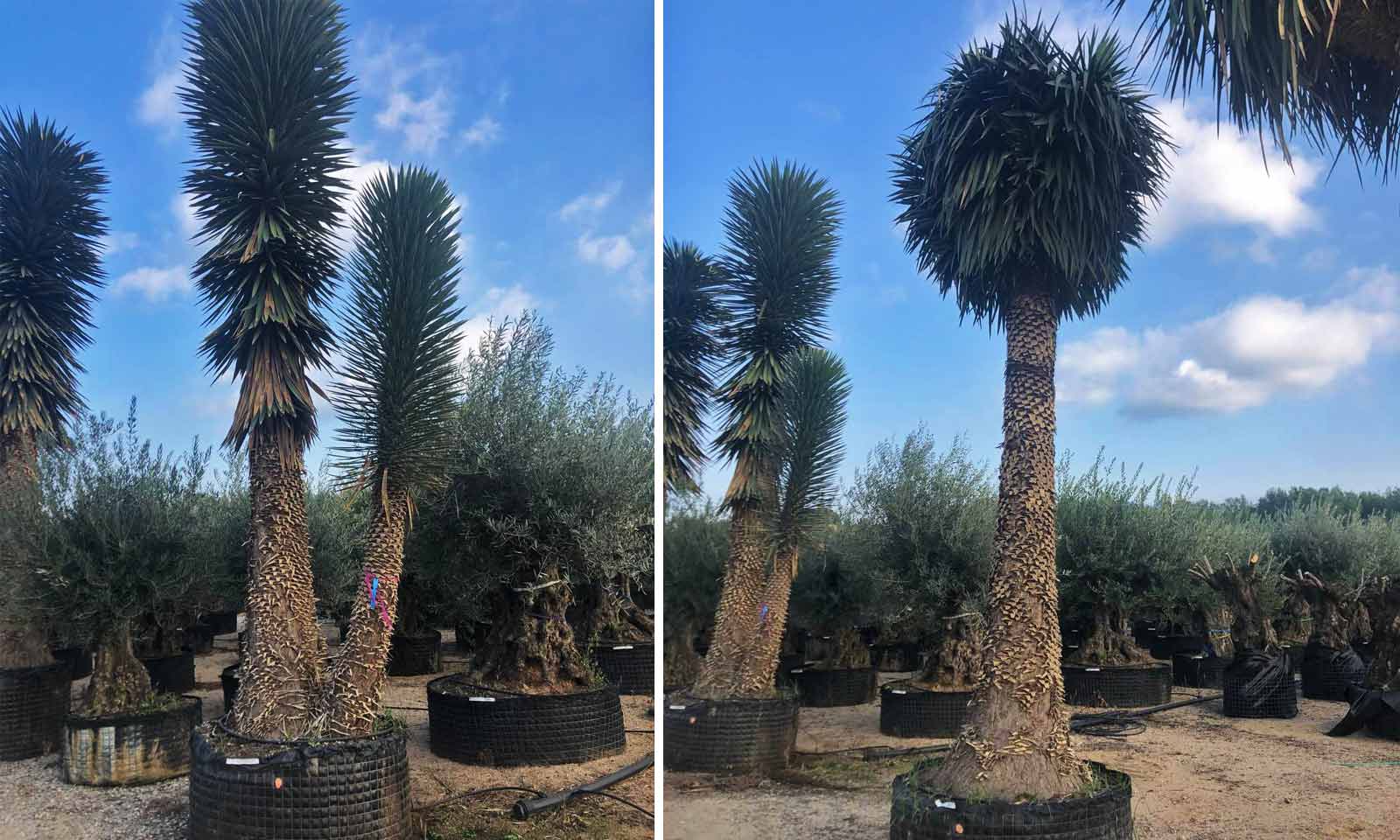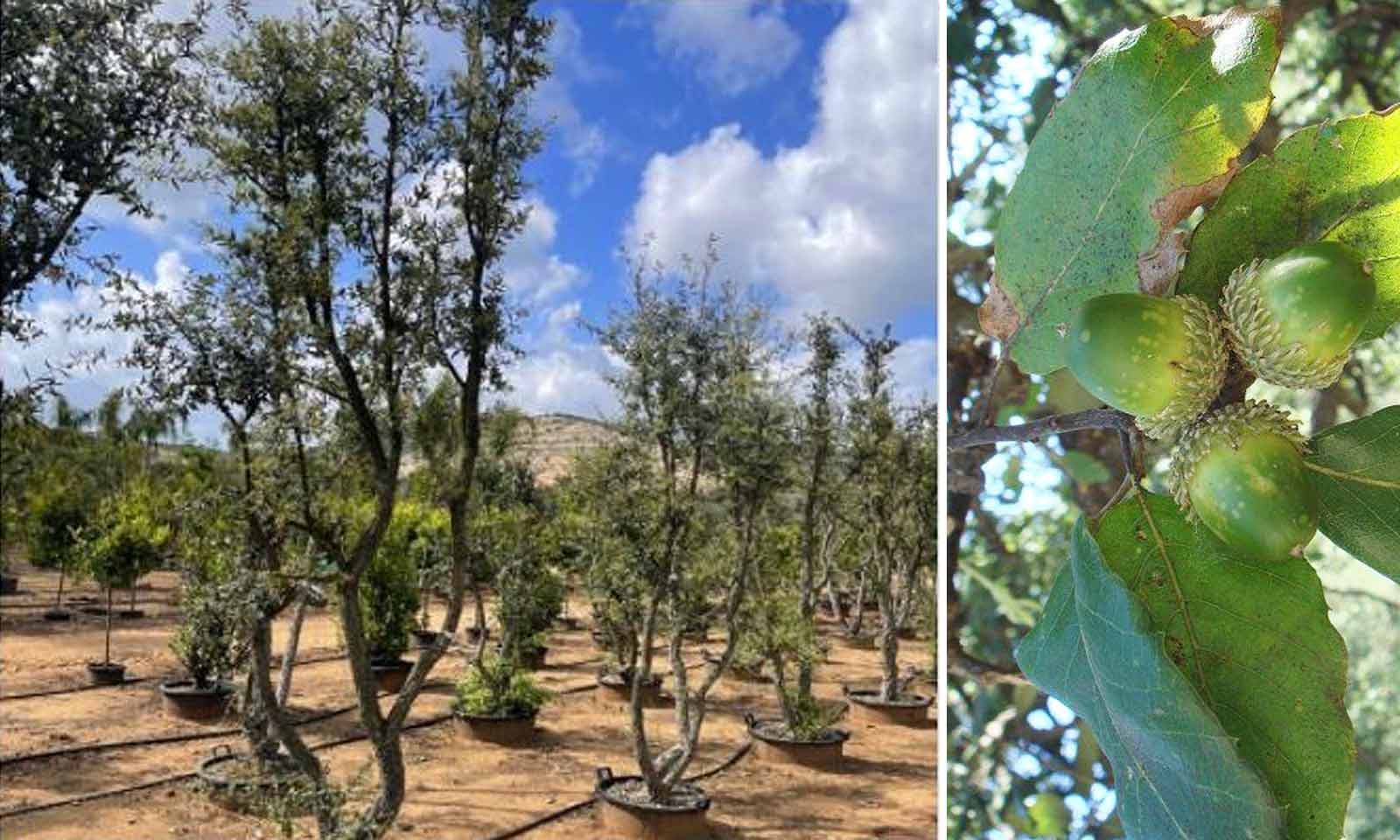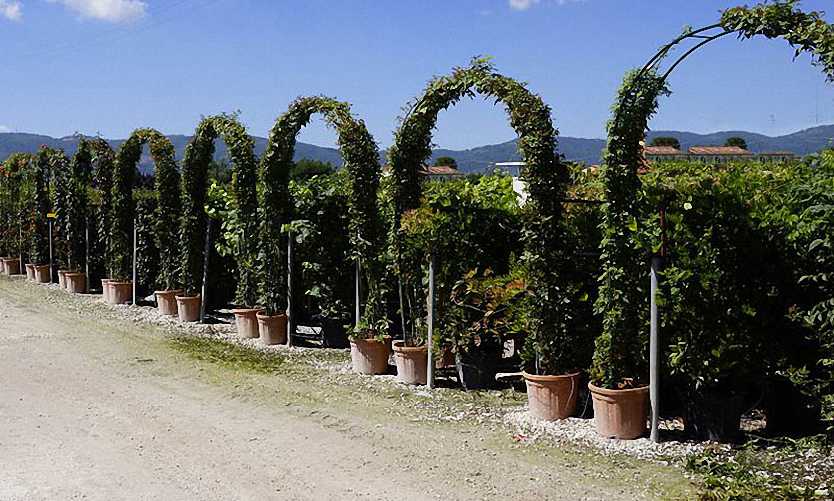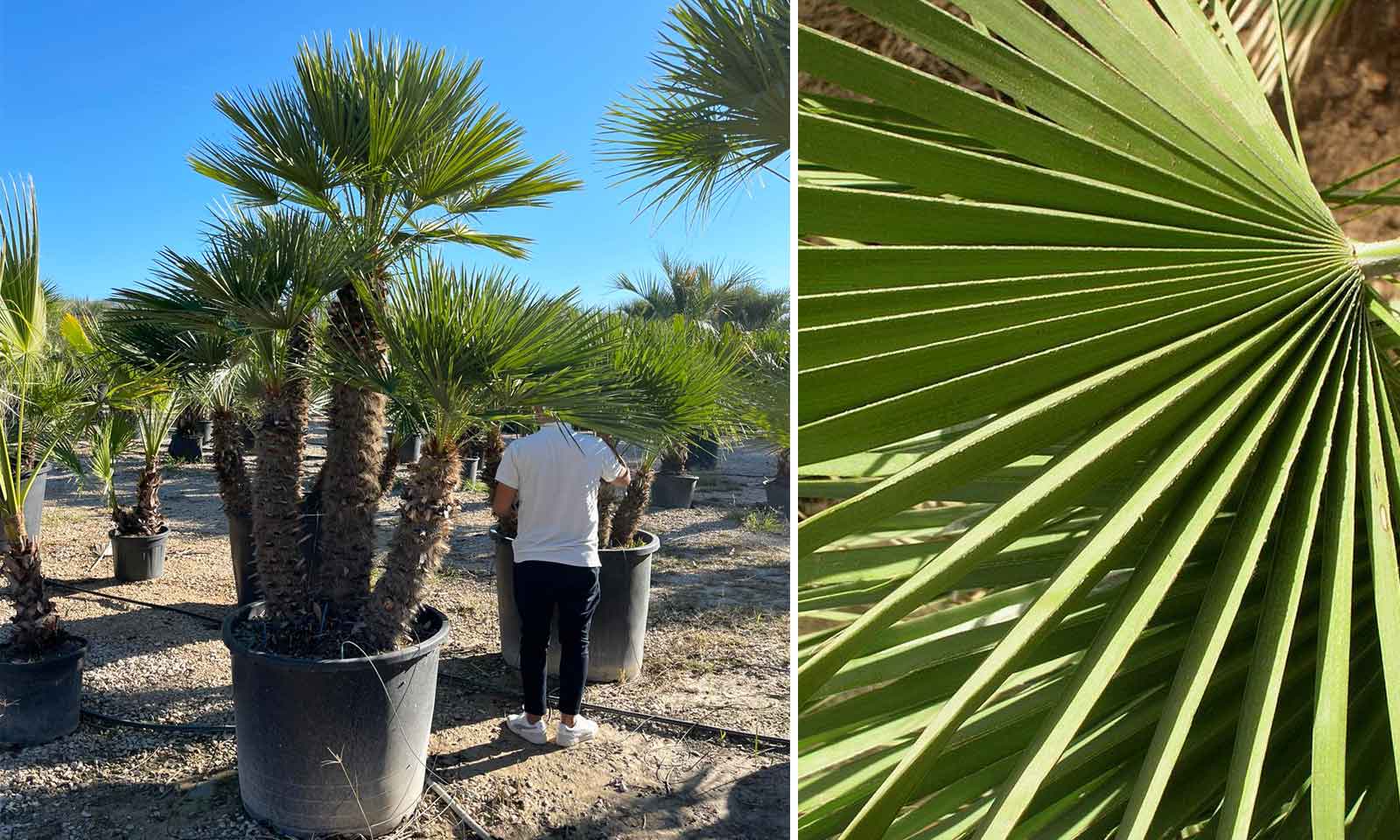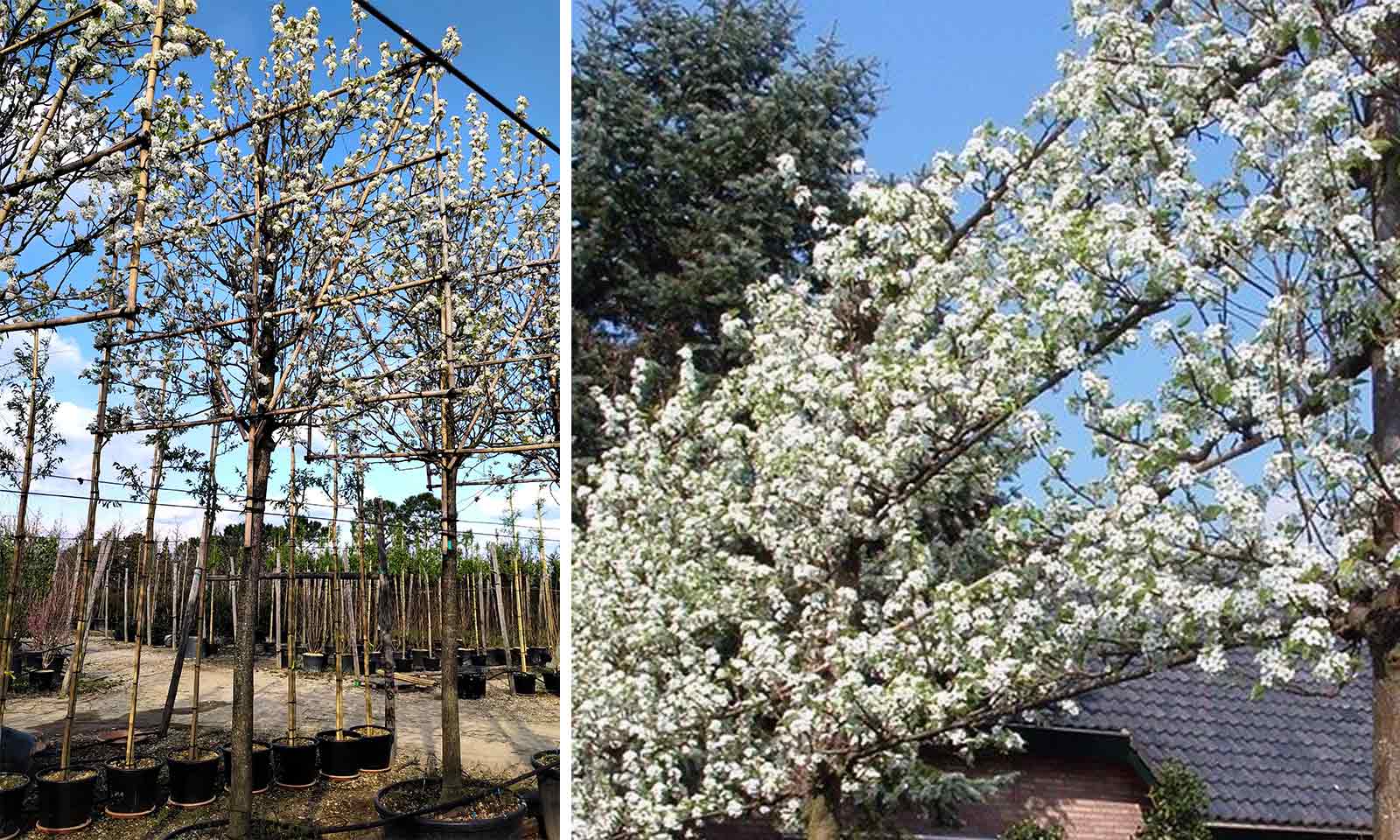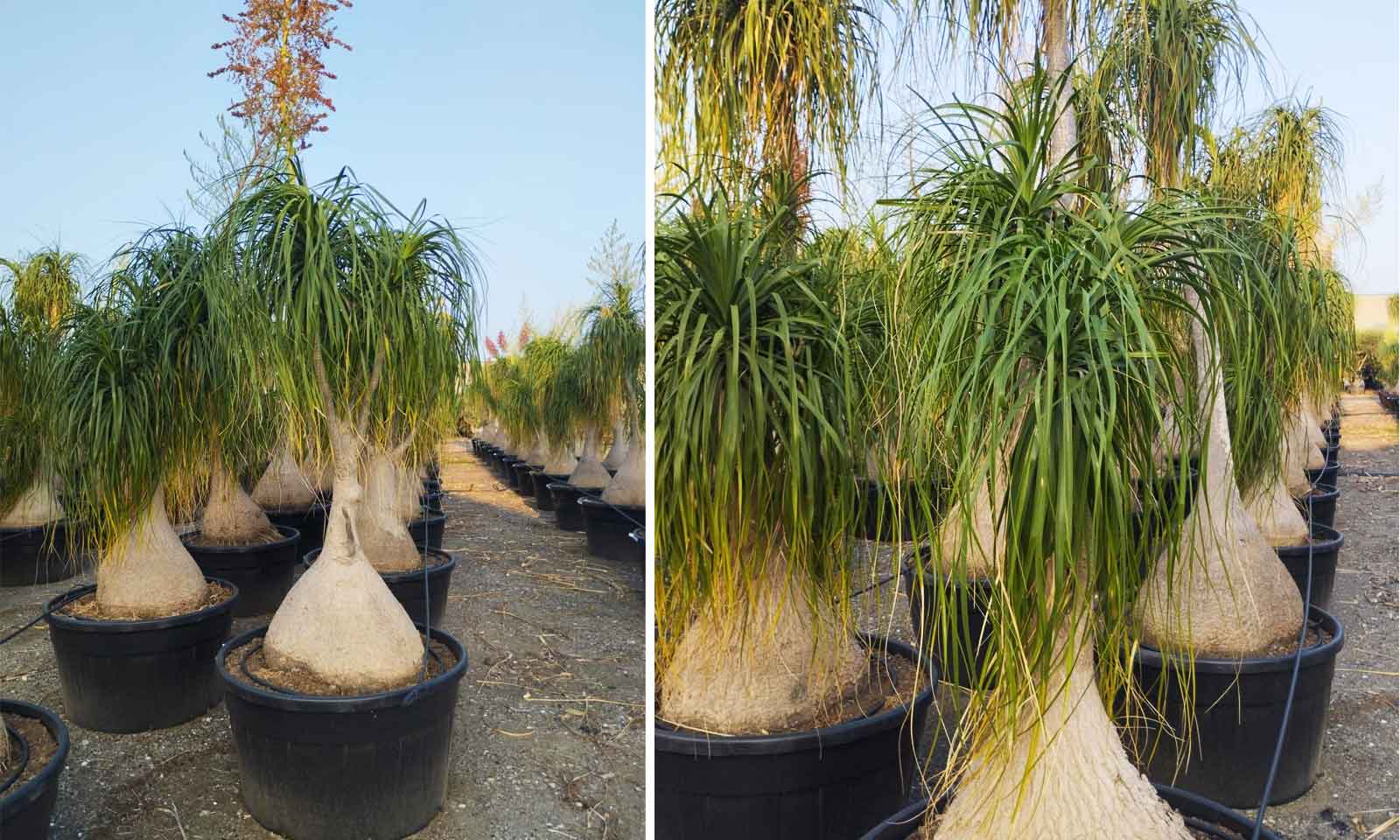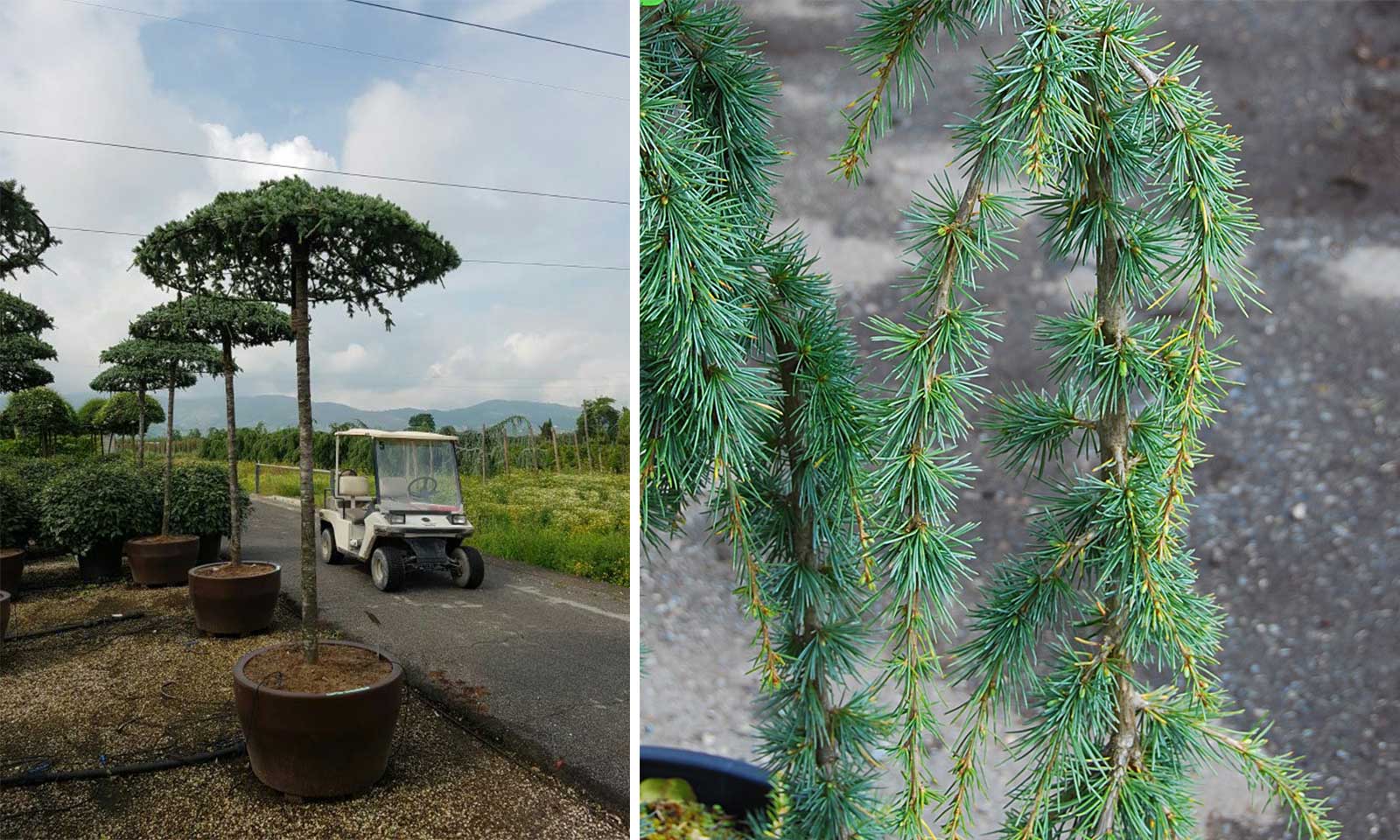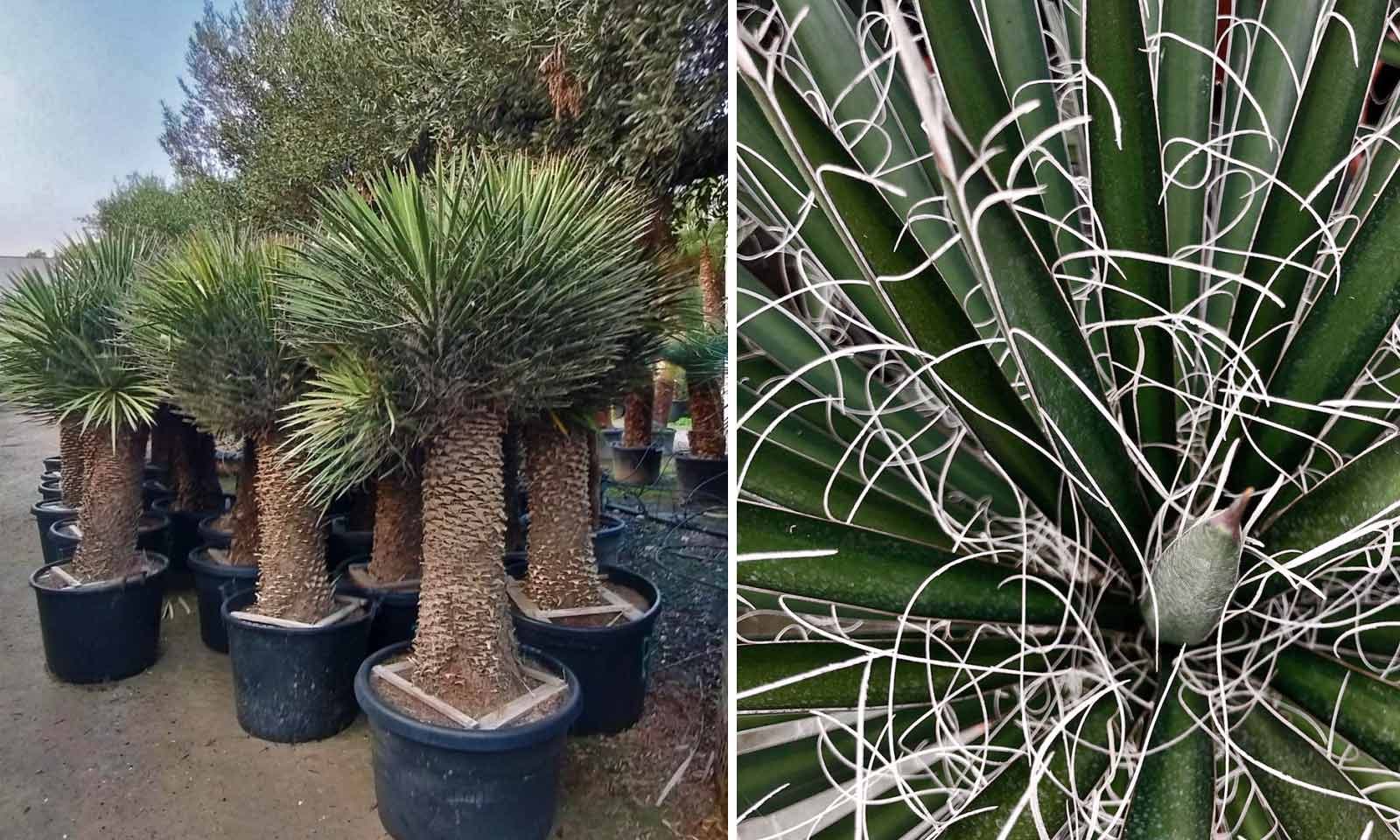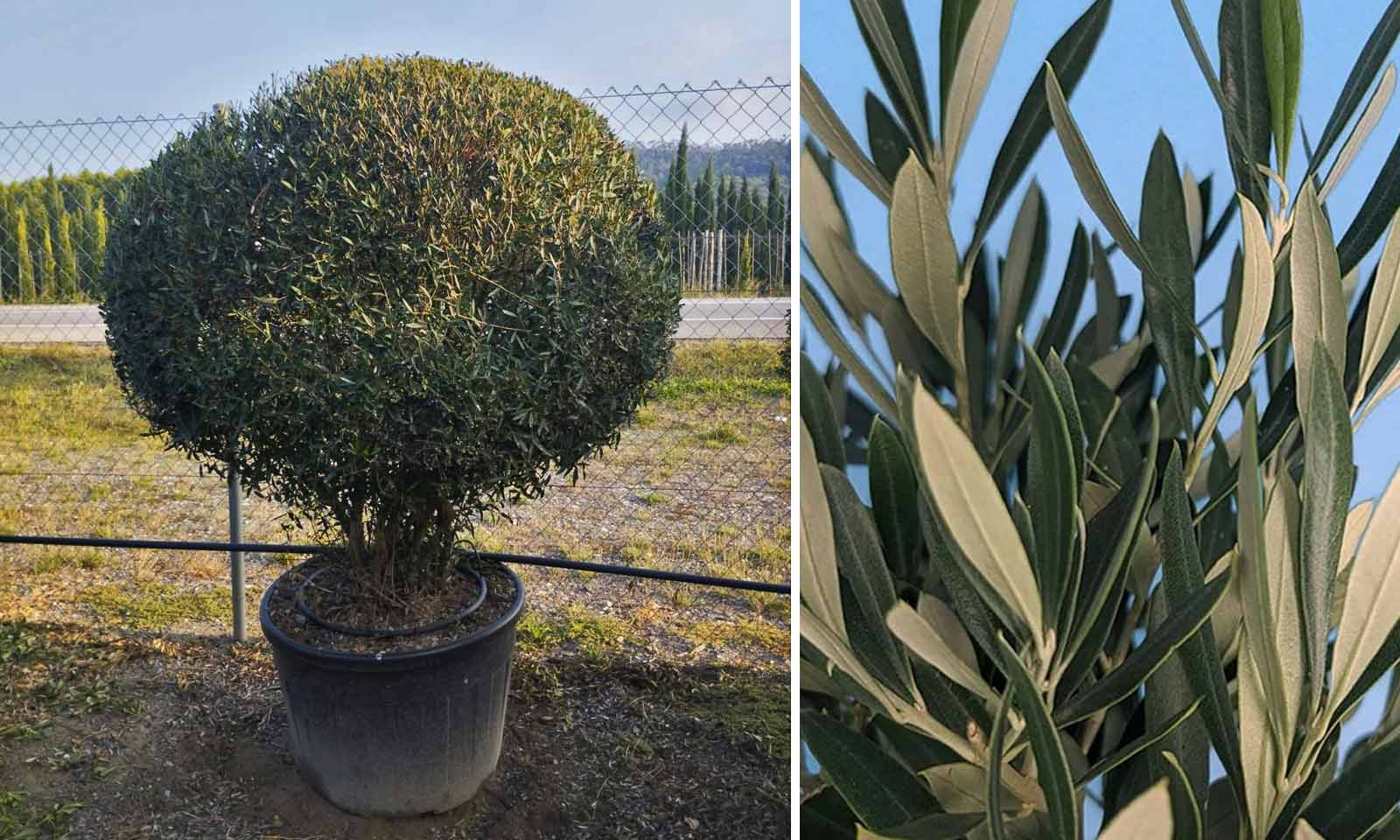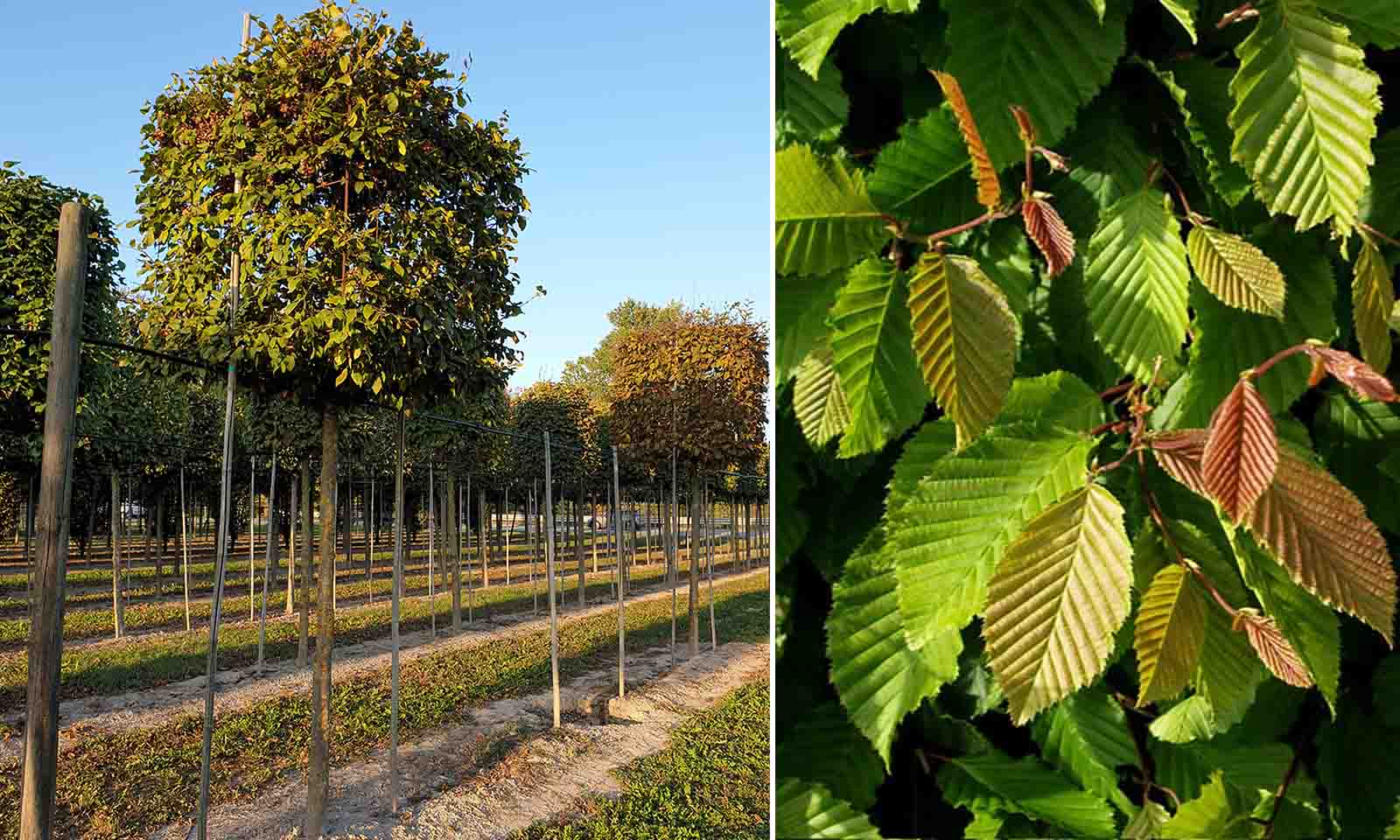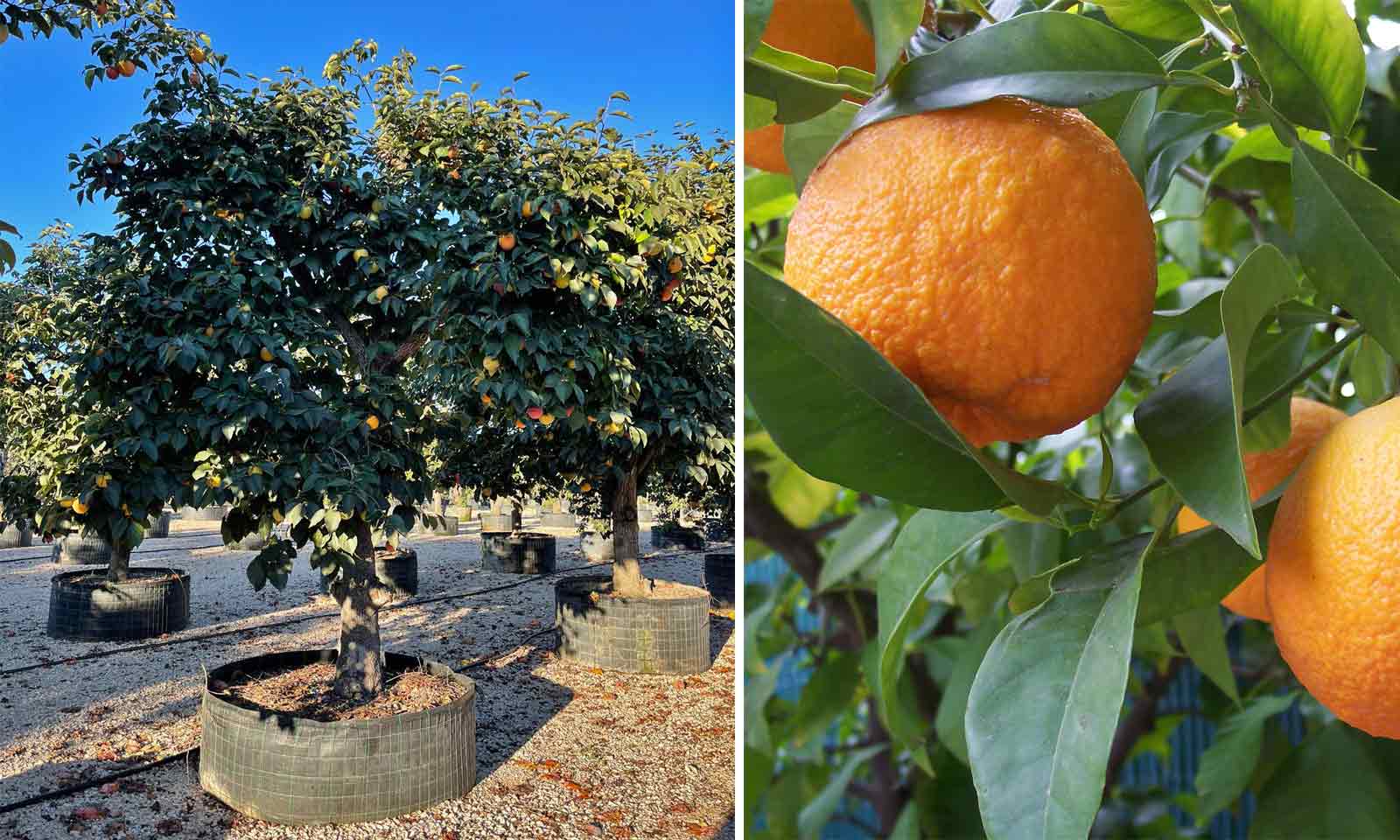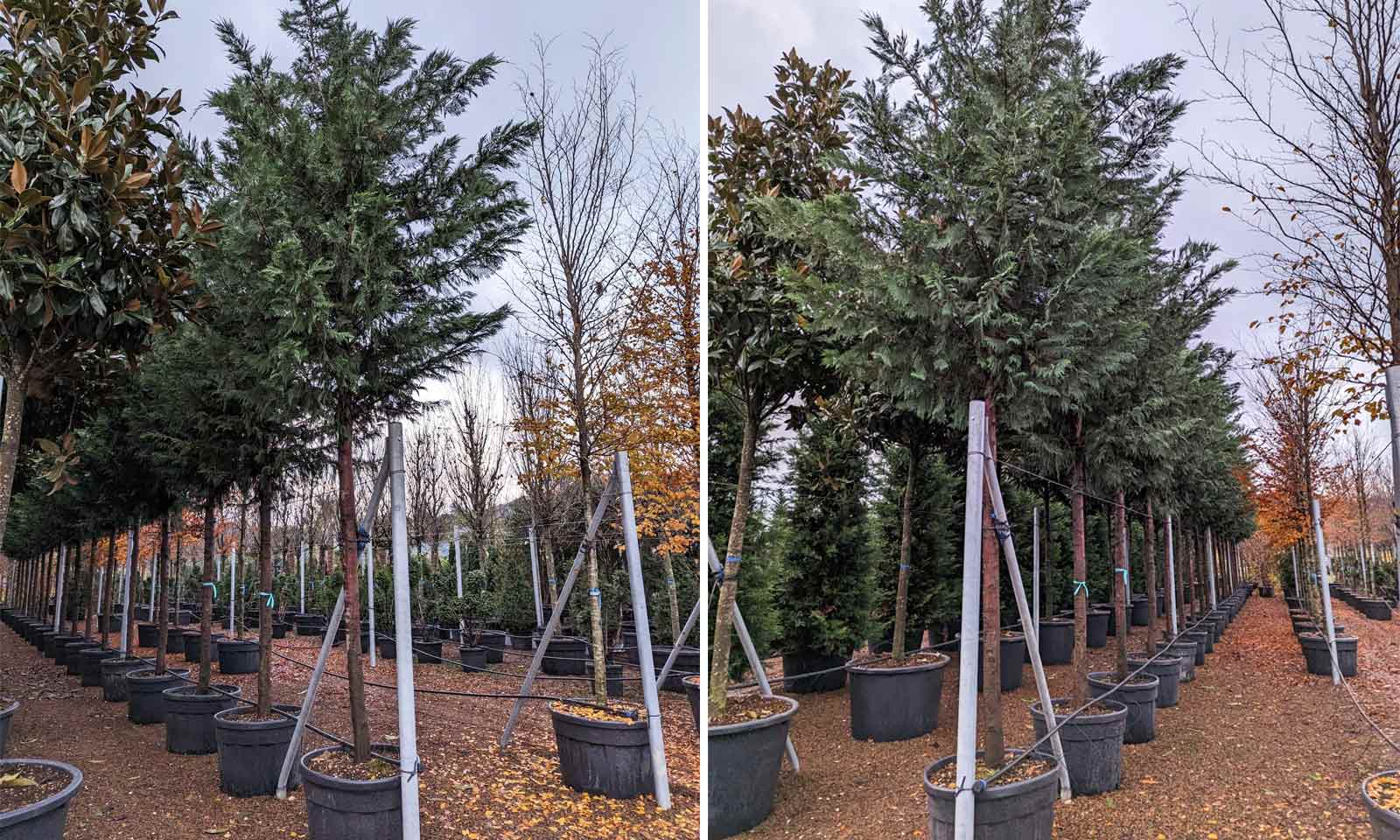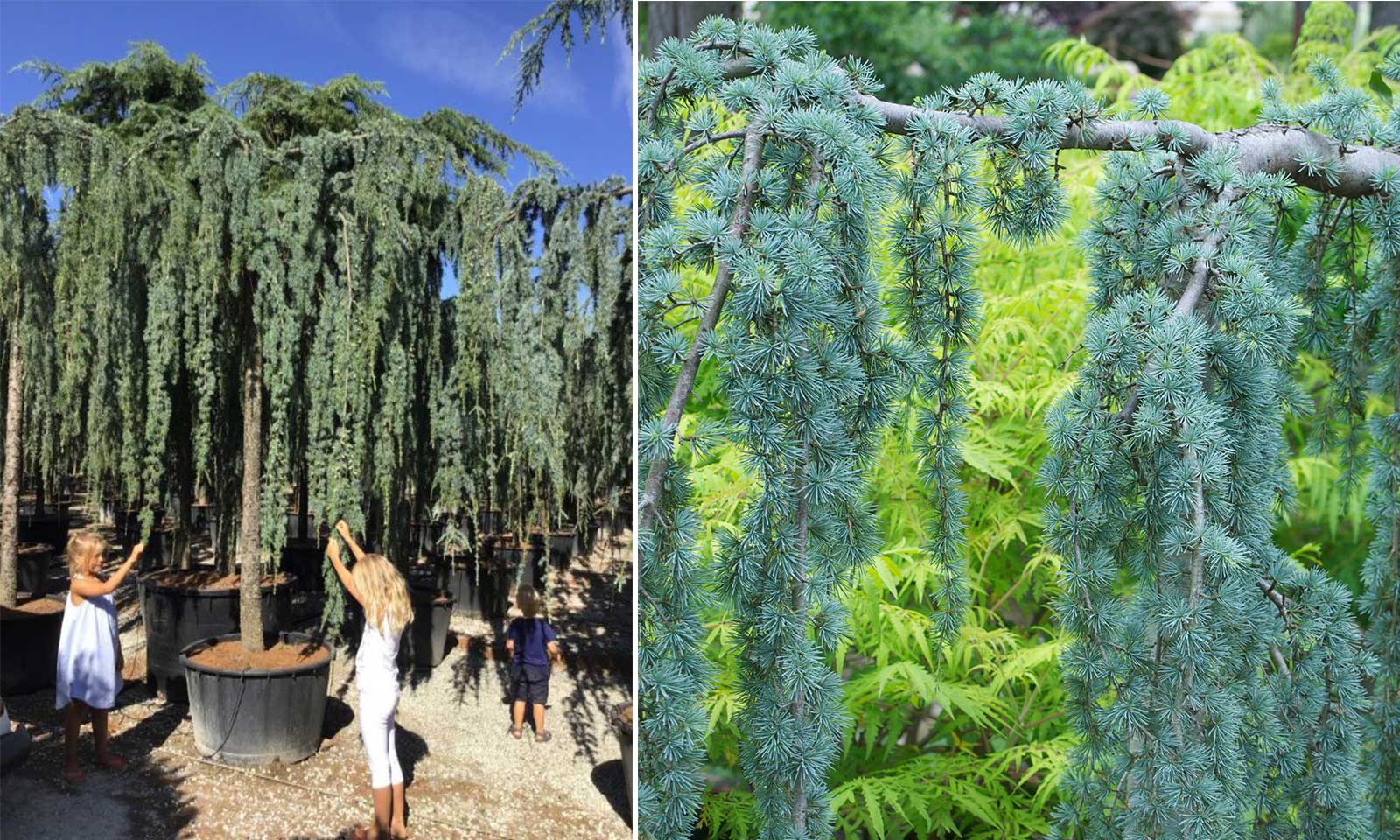Ilex Crenata Kinme Japanese Style
Beautifully shaped over many years, this collection of Japanese-style bonsai will leave your guests speechless.
Japanese Holly Bonsai Trees are a popular choice because of their dense foliage and their ability to change colour based on exposure to the sun. Over time, leaves at the top of its bundles become golden-yellow, where as those lower down retain their dark green colour because of the shade they receive. Japanese Holly Bonsai Trees also produce very small flowers and berries during the summer.
Our Premium Bonsai Plants have been specially sculpted to form distinctive shapes. This growth-training is a process that can take over 30 years to create trees of this size. This care and attention becomes entwined with the plant itself – giving them a genuine “wow factor” and making them a favourite talking point with everyone who sees them. A Premium Bonsai Plant can help to create an atmosphere of luxury, sophistication and dedication in your garden, workplace, office atrium or shopping centre.
Traditionally described as “unique”, this is no longer entirely true – thanks to the expert growers here at GardenPlantsOnline, it is now possible to produce bonsai plants with similar shapes by seeding them at the same time and growing them under the same conditions. This consistency of shape gives you the chance to create magnificently symmetrical designs, such as creating several water features with matching bonsai trees, or bookending both sides of a doorway or entrance foyer.
Every bonsai plant is unique.
Displayed images for illustration purposes only of types of trees we can supply.
If you order PremiumType Bonsai plant online we cannot guarantee exact tree match, similar shaped plant might be delivered.
if you like to choose your own unique plant from our large Italian stock of many different sizes, shapes and varieties please contact us so we can check availability and send you more photos of currently available trees.
Latin Name: Ilex Crenata Kinme
English Name: Japanese Holly Bonsai, Cloud Tree Bonsai, Box Leaved Holly, Boxleaf, Pagoda Bonsai
Species: Aquifoliaceae
Genus: Ilex
Foliage Type: Evergreen.
Foliage: Green.
Flower: White Flowers and Black Berries.
Flowering Period: Summer.
Suggested Location: Outdoor.
Suggested Soil Type: Well-Drained. Chalk. Clay. Loam. Sand.
Suggested Exposure to Sunlight: Full Sunlight or Partial Shade.
Suggested Exposure to Weather: Exposed or Sheltered.
Hardiness Rating: High (H6)
Lowest Temperature Tolerance: -20 °C to -15 °C (-4 °F to 5 °F)
Suggested Uses: Containers. Specimen. Ornamental. Topiary. Rock Gardens. Courtyard styles.
Maintenance: Prune in early-spring, before new growth begins. After springtime pruning, add liquid feed and mulch. Can be pruned again after flowering and new growth has finished (usually by early-autumn) to tidy its shape. Protect against Aphids and Holly Leaf Blight.
Growth Habit: Bushy/Upright.
Growth Speed: Slow (15cm to 30cm per year)
Starting Height: 250cm (8.2 ft)
Final Height: 400cm (13.1 ft)
Starting Sideways Spread: 100cm to 125cm (3.3 ft to 4.1 ft)
Final Sideways Spread: 150cm (4.9 ft)
Pot Included: 80 Litre Plastic Pot to 120 Litre Plastic Pot
Height including Pot: 300cm to 310cm (9.8 ft to 10.2 ft)
Delivery Cost: This is calculated based on the total size, weight and quantity of your order, as well as the location of your delivery address. You will see the final price at the Online Checkout Page (before making payment). Our website will automatically calculate the lowest possible delivery price and apply discounts to orders of certain products – giving you the best value delivery every time!
Please note that high-volume orders will decrease your delivery costs significantly by spreading the price across multiple items. Visit our Delivery Policy page for more information.

